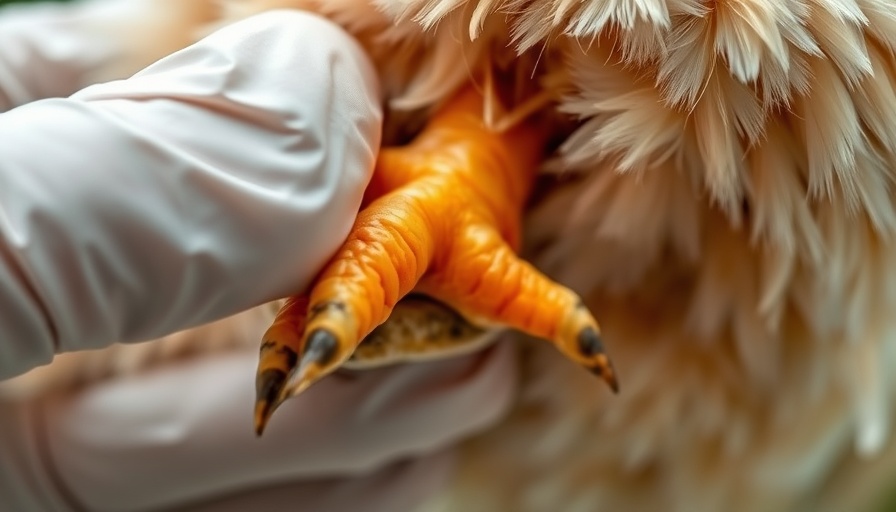
The Issue of Bumble Foot in Chickens
Bumble foot, medically known as pododermatitis, is a common condition seen in poultry, particularly in chickens like the Blue Copper Maran. This ailment arises due to bacterial infections often linked to injury or overexertion, causing inflammation and swelling in the footpad, leading to discomfort and difficulty walking.
Understanding Blue Copper Maran Health
The Blue Copper Maran is not only valued for its unique plumage but also for its robust health. However, they can be susceptible to conditions like bumble foot if not properly cared for. Routine foot checks and ensuring a clean environment can prevent the onset of infections. Insufficient bedding or rough surfaces can increase the likelihood of foot injuries, emphasizing the importance of appropriate living conditions.
Preventative Measures and Treatments
Preventing bumble foot involves good husbandry practices. Providing cushioned surfaces in a coop can minimize trauma to the feet. If bumble foot does occur, early intervention is critical. Depending on the severity, treatments can range from cleaning and bandaging the infected foot to more invasive procedures like draining abscesses or administering antibiotics. Owners should consult with a veterinarian experienced in avian health for the best course of action.
Encouraging Community and Knowledge Sharing
Sharing experiences and treatment success stories within the poultry-keeping community is valuable. This collective knowledge can improve awareness of common health issues like bumble foot, leading to better preventative strategies for Blue Copper Marans and other breeds.
 Add Row
Add Row  Add
Add 




Write A Comment